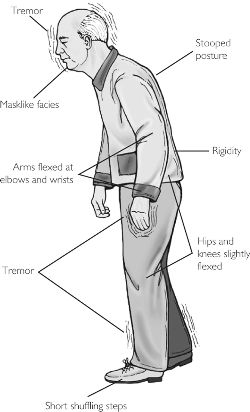E. coli bacteria’s adhering to urinary tract epithelial cells is actually the start of urinary tract infection (UTI). Nearly 85 percent cases of UTI and 90 percent of acute pyelonephritis are caused by these bacteria. But according to some studies, the proanthocyanidins (PAC) chemicals found in cranberries help prevent E. coli.
Cranberries belong to the three fruit species native to North America. It is known for its medicinal use even in the past. It was used by Native Americans many years ago for treating kidney and bladder illnesses.
People who take cranberry capsules or drink cranberry juice in regular basis are less likely to have UTI as shown from past evidences. There are also cheap cranberry tablets that start at nearly 25 cents a day. Furthermore, cranberry products have great potentials of helping women with recurrent UTIs as found out by new researchers.
Amidst the healing abilities of cranberry, researchers are not sure if they really work. Based on recent evidence, there is a certain compound present in the said fruit that tends to hinder bacteria from adhering to the tissue lining the urinary tract. Perhaps, other berries have it.
But antibiotics were found to be more effective at preventing recurrent UTIs based on a recent study. Although women have relied on cranberry supplements for a long time, high doses of this product can cause stomach aches and the sugar in cranberry juice might also be a problem to diabetic people as noted by the researchers.
The widely used of cranberry products is remarkably less effective compared to low doses of antibiotics as the result of the study. The respondents were Dutch women with recurring UTIs history. Women who took cranberry supplements for a year had about four infections within that period while those who took low-dose antibiotic daily had an average of 1.8 infections. This research was published in June 25, 2011 Reuters Health issue.
It is now a matter of personal choice of whether you will choose cranberry products or antibiotics, as more recommended by professionals in medical scrubs. See which of the two is really effective to you.




